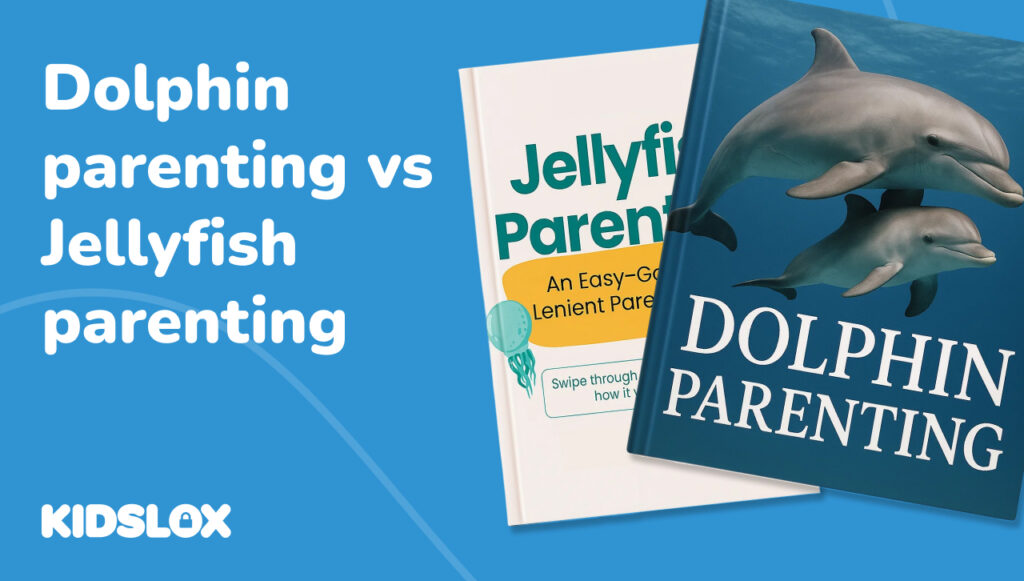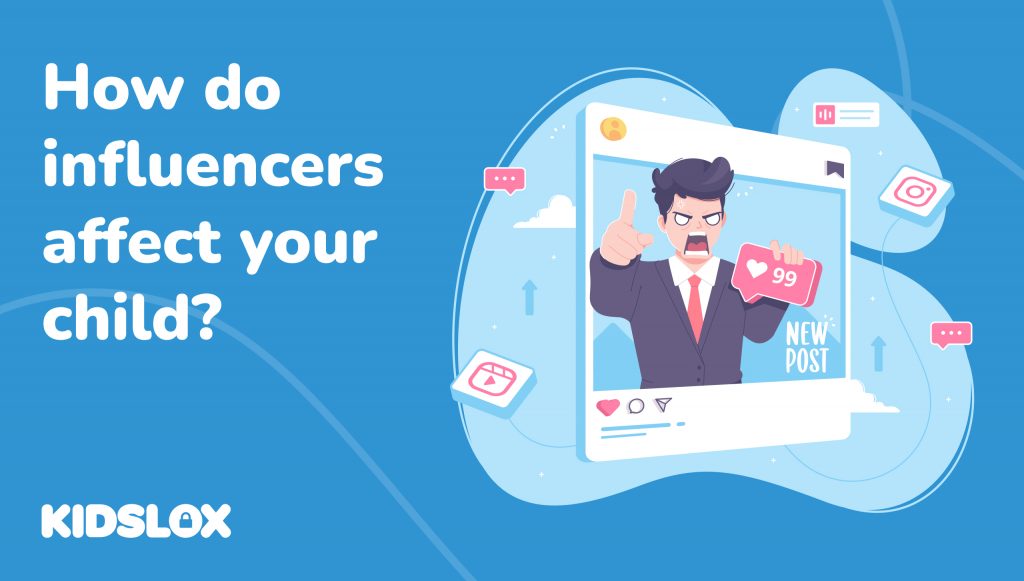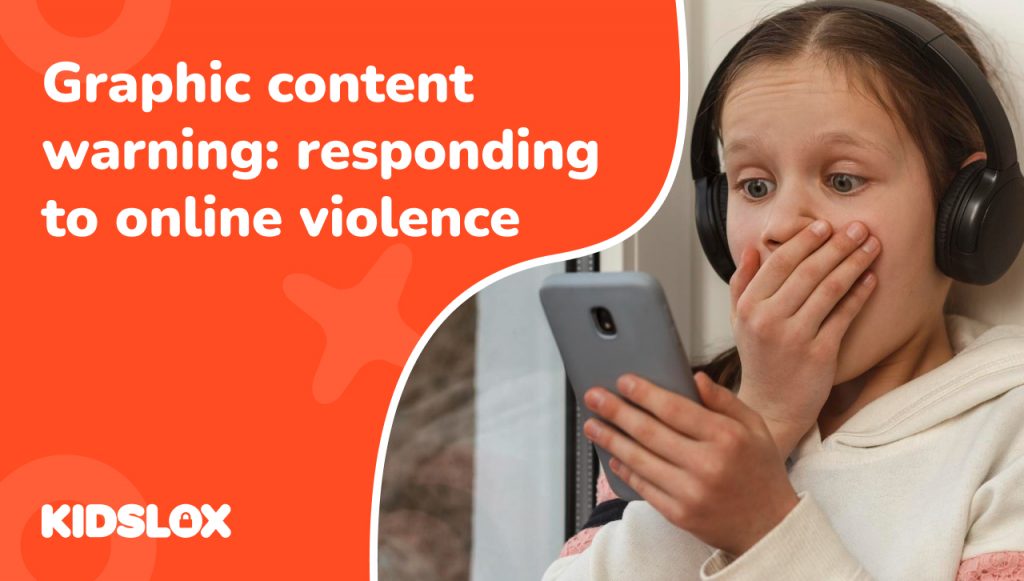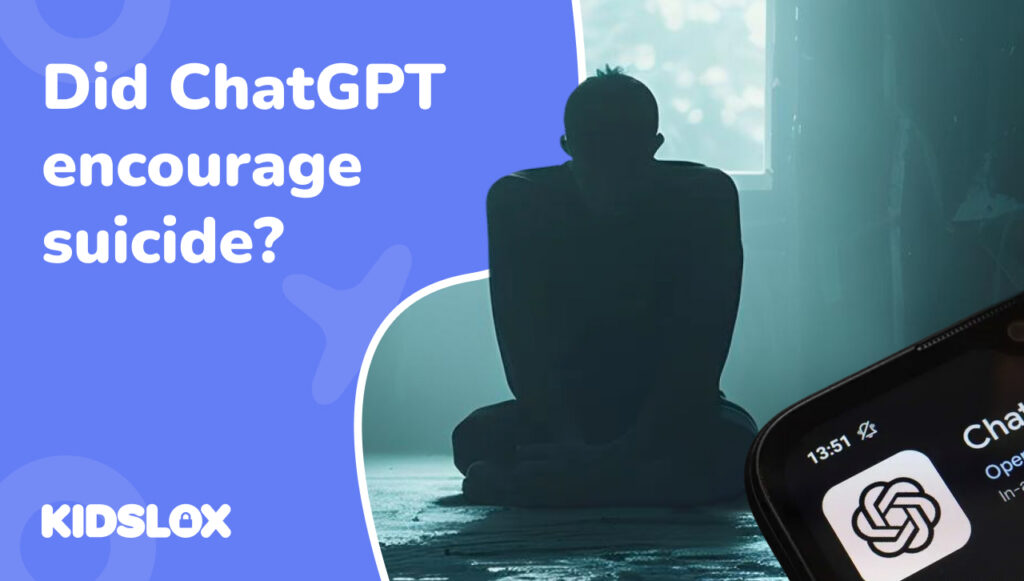What Sea Creature Best Describes Your Style?
Parenting styles come in all shapes and sizes. Some parents are hands-off, others hover, and many of us sit somewhere in between, doing our best with what we’ve got. In recent years, two styles have made a ‘splash’ (sorry, couldn’t resist!) in the parenting world and they’re curiously marine-sounding; introducing…dolphin parenting and jellyfish parenting.
These names may sound quirky, but they highlight two very different approaches to raising children. So, what exactly do “dolphin parents” and “jellyfish parents” do? And is one better than the other?
What Is Dolphin Parenting?
The idea of animal-inspired parenting styles really took off with the Tiger Mom stereotype: an authoritarian approach that emphasizes discipline, achievement, and high expectations.
While memorable, it painted a pretty intimidating picture. Psychologists, who are especially skilled at turning theories into culture-facing ideas, began exploring gentler, more balanced metaphors. That’s how concepts like Dolphin and Jellyfish Parenting were born.
Coined by psychiatrist Dr. Shimi Kang in the mid-2010s, dolphin parenting isn’t a totally new concept, but rather a reframing of traditional parenting styles in a way that feels more relatable. The dolphin became the perfect mascot: intelligent, social, and balanced. A dolphin parent guides their children firmly but gently, blending structure with flexibility, offering freedom alongside clear expectations.
By contrast, Jellyfish Parenting emerged as a symbol of a looser approach. Just as jellyfish drift with the tide, jellyfish parents often “go with the flow,” prioritizing warmth and love but with few rules or boundaries. While this can encourage independence and creativity, it can also leave children without the compass they need to navigate challenges.
Both terms show how psychological ideas can swim out of academia and into everyday conversations, helping parents better understand (and even laugh a little at) the way they guide their kids.
Dolphin Parenting Typically Looks Like:
🐬 Balance of rules and freedom: Dolphin parents set clear expectations but allow room for independence.
🐬 Focus on connection: They encourage open communication and emotional closeness.
🐬 Encouragement over pressure: They want their kids to succeed but not at the cost of well-being.
🐬Holistic growth: They value education, friendships, hobbies, and mental health equally.
In short, dolphin parenting can be described as ‘swimming alongside your child’ not dragging them forward, and not leaving them to drift alone.
What Is Jellyfish Parenting?
In contrast, jellyfish parenting describes a looser, more hands-off style. Picture a jellyfish floating in the current: gentle, flexible, but without much structure.
Traits of jellyfish parents include:
- Few or inconsistent rules: Kids often set their own boundaries.
- Avoiding conflict: Jellyfish moms and dads may shy away from discipline to keep the peace.
- Child-led routines: Bedtimes, screen time, and homework schedules are often negotiable.
- Emphasis on freedom: Children are encouraged to explore and make choices, sometimes without much parental guidance.
The jellyfish parenting style can foster independence and creativity, but it can also leave kids feeling unanchored if they lack structure.
The Dolphin Parent vs. Jellyfish Parent: Spot the Difference
Imagine two families at the dinner table…
In the dolphin home, a parent might say:
“Dinner’s at 6. Please put your phone away while we eat. Afterward, you can have 30 minutes of screen time before starting homework.”
In the jellyfish home, you might hear:
“Dinner’s ready whenever you’re hungry. If you’d rather eat in your room while watching YouTube, that’s fine.”
Neither style makes a parent “good” or “bad”, they simply represent different approaches. Many parents, in fact, blend both styles depending on the situation.
What Are The Benefits of Dolphin Parenting?
Research suggests that children raised with a balanced parenting style — sometimes called “authoritative parenting” in psychology — tend to:
- Develop strong self-esteem
- Build healthy coping skills
- Perform well academically without burning out
- Form secure attachments with parents
- Show resilience and adaptability
The dolphin parenting style offers structure, but without the anxiety that comes from over-control. It helps kids learn to swim independently while knowing their parents are right beside them.
Why Does Dolphin Parenting Sound Familiar?
Dolphins are famous for their strong social bonds and remarkable intelligence, and their approach to raising calves looks a lot like what psychologists call authoritative parenting. It’s the sweet spot between being too strict and too lenient: setting boundaries with warmth, consistency, and encouragement.
What makes dolphins such inspiring “parents” is how they give their calves room to explore. A young dolphin learns to hunt, navigate, and play by observing its mother, practicing on its own, and receiving gentle guidance when needed. The calf is allowed to discover the world on its own terms, but always with a safe and steady presence nearby. This freedom-with-support helps the calf develop confidence, curiosity, and resilience.
In human terms, Dolphin Parenting is about saying: I’ll guide you, but I won’t control you. I’ll protect you, but I’ll also let you try. It recognizes that children shape themselves through exploration and discovery, and our role is to provide the wisdom, structure, and safety net they need while they figure things out.
That’s why Dolphin Parenting feels so refreshing. It’s authoritative parenting, but with a friendlier spin. And just as dolphin calves grow into capable, socially savvy adults, children raised this way are more likely to become confident, empathetic, and self-reliant.
The Pros (and Cons) of Jellyfish Parenting
The jellyfish parenting style has both positives and pitfalls.
Pros:
- Kids may feel freer to explore their interests.
- Creativity and independence can flourish.
- The parent-child relationship may feel relaxed and conflict-free.
Cons:
- Lack of boundaries can create confusion.
- Kids may struggle with self-discipline later in life.
- Parents risk burnout if they constantly accommodate their child’s wishes.
Jellyfish moms and dads often prioritize harmony over structure, which can work beautifully for some kids and households, but may backfire for others who need more guidance.
So Does Jellyfish Parenting = Permissive Parenting?
Jellyfish are fascinating, they drift with the current, float where the tide takes them, and don’t exactly have much structure. Likewise, Jellyfish Parenting is all about warmth, love, and support… but without a lot of rules, boundaries, or consistency. It’s parenting that flows with whatever the child wants in the moment.
On the plus side, jellyfish parents are incredibly nurturing. They want their children to feel happy, loved, and free. Kids raised this way often enjoy a lot of independence and creativity because they’re given space to explore without much interference.
But here’s the challenge: when there’s no framework, children can end up feeling a little lost. Just like a jellyfish drifting wherever the tide takes it, kids may struggle without the gentle guidance and structure that helps them shape who they are. Exploration is exciting, but without boundaries, discovery can become overwhelming instead of empowering.
That’s why experts often caution against too much permissiveness. Children thrive when they know there’s a safety net, someone to say “this far, but not further,” while still allowing them to explore. Jellyfish parenting may come from the heart, but without balance, it risks leaving kids without the direction they need to grow resilient and grounded.
Finding the Middle Ground
Most experts agree that the sweet spot is balance. Too rigid (like tiger parenting) can stifle creativity; too loose (like jellyfish parenting) can create chaos. Dolphin parenting aims for the middle: playful but purposeful.
That doesn’t mean jellyfish parents are “wrong.” In fact, some situations call for a jellyfish touch. A sick child who needs comfort, for example, might not need strict rules about bedtime. Likewise, a dolphin parent may loosen up on holiday breaks.
Parenting is anything but predictable. The key is adjusting your approach based on your child’s age, temperament, and needs.
Want To Be More Dolphin?
If you’d like to bring more dolphin qualities into your parenting style, here are some ideas:
Set clear but reasonable rules
Make sure your child knows the boundaries and why they exist.
Encourage open dialogue
Listen to your child’s feelings and opinions, even if you disagree.
Balance academics with play
Success isn’t just about grades; creativity and downtime matter.
Model healthy habits
Kids copy what they see. Practice balance in your own work, screen time, and social life.
Be consistent
Follow through with expectations so your child learns trust and accountability.
What’s the final take?
Neither style makes you a bad parent. Parenting isn’t about fitting into a perfect label, it’s about understanding your child and adjusting your approach.
Maybe you’re mostly dolphin, with a touch of jellyfish on weekends. Or perhaps you’re naturally jellyfish, but you’re adding some dolphin structure to help your child thrive.
At the end of the day, the best parenting style is the one that helps your child feel loved, supported, and confident enough to swim through life!





